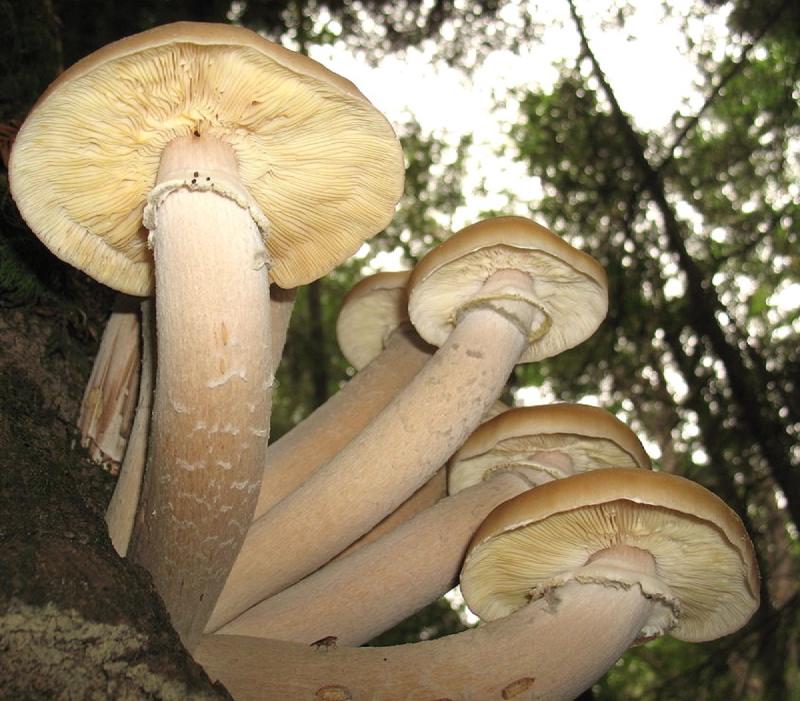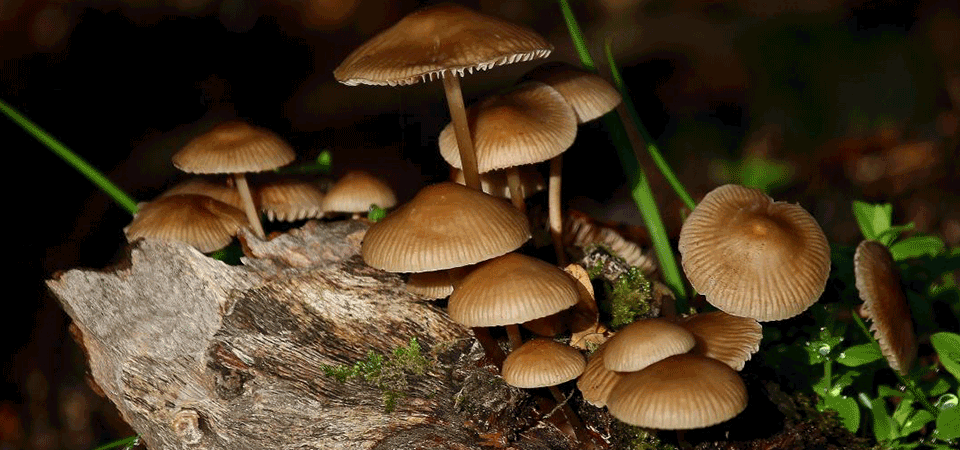Hello and welcome to your Daily Fun Fact From Flora ,
Not a huge amount of time today so we’re keeping it brief but beautiful!
We’re back on to Wednesday’s What Was the World Doing Ages and Ages Ago
So let’s see where we are in our calendar year
We saw life begin on the 25th February. Photosynthesis started on the 28thMarch. Multicellular organisms appeared on the 16th August.
Sexual reproduction came about on the 17thSeptember.
Now we have fungi appearing on the 15thNovember.
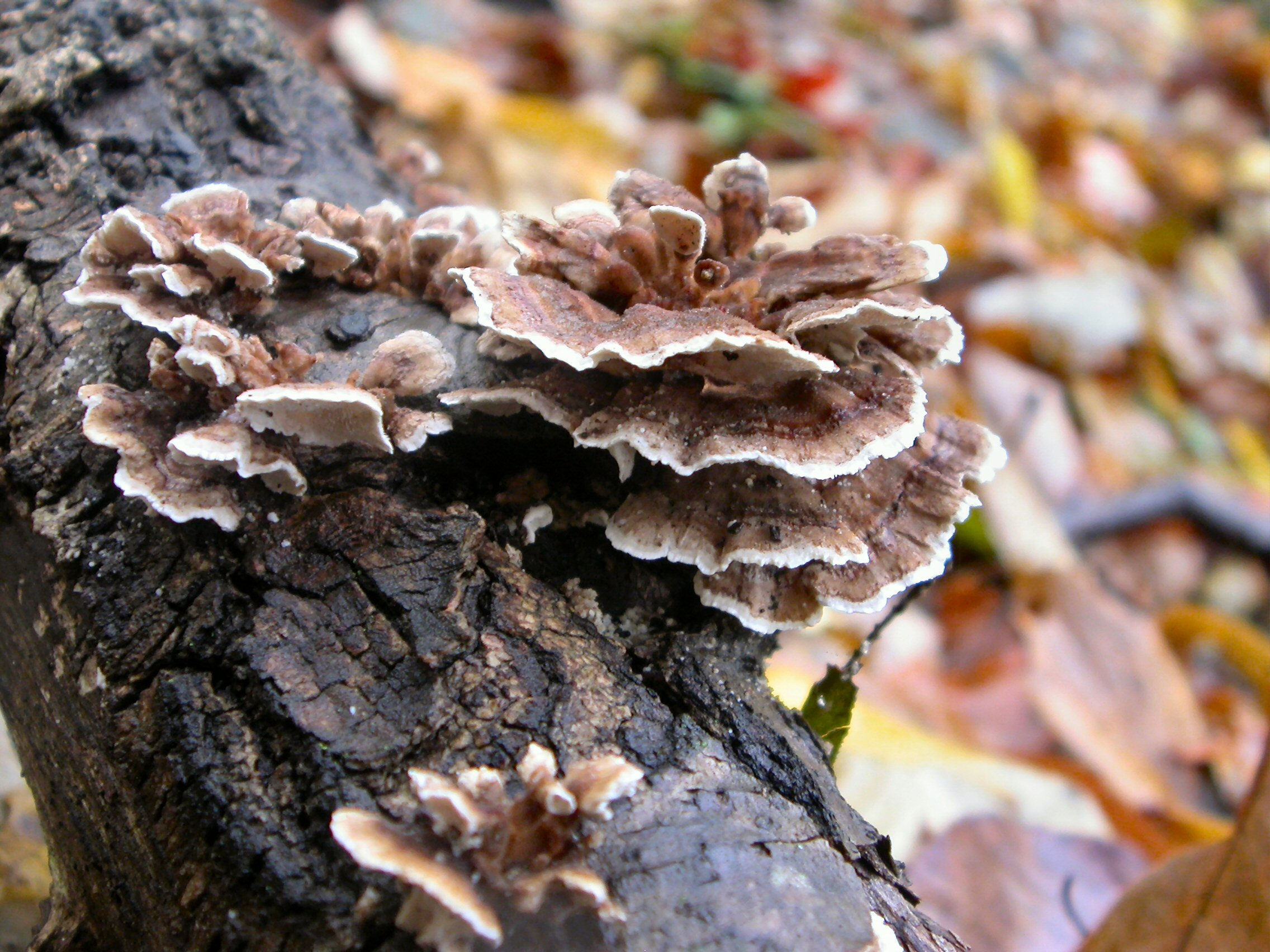
Fungi fall into a group called the Opisthokonts (get that into a game of Bananagrams — I dare you).
They have a lot of features in common with us animals and a few that are just unique to them.
So both animals and fungi are heterotrophic — meaning that we need to get our carbon from other sources (we can’t make it ourselves like those lovely plantsdo). And both animals and fungi lack chloroplasts (the organelles in plants that contain chlorophyll — the pigment that makes plants green).
They do have a couple of things that make them unique — which is that their cell walls are very rigid and combine glucans (normally only found in plants) with chitins (which are normally only found in insect exoskeletons). Kind of weird.
Fungi play an incredibly important role in ecosystems — decomposing and recycling all dem nutrients and an overwhelming number of fungi occur in the soil.
Lignin — the stuff that makes trees “woody” can only be digested by fungi. Isn’t that crazy!? No other organisms are capable of doing it. Given that trees are 20-25% lignin , that’s quite a lot of digesting that needs to be done!
They digest things extracellularly — meaning that they release enzymes into the environment that break down the compounds into simple sugars. These can then be reabsorbed by the fungus.
Not only that, but 95% of ALL TERRESTRIAL PLANTS need fungi to improve the efficiency of their root structures.
The biggest fungus? Might just be the largest living thing on earth. Known as the “Humungous Fungus” , it produces fruiting bodies (mushrooms) that look like this.
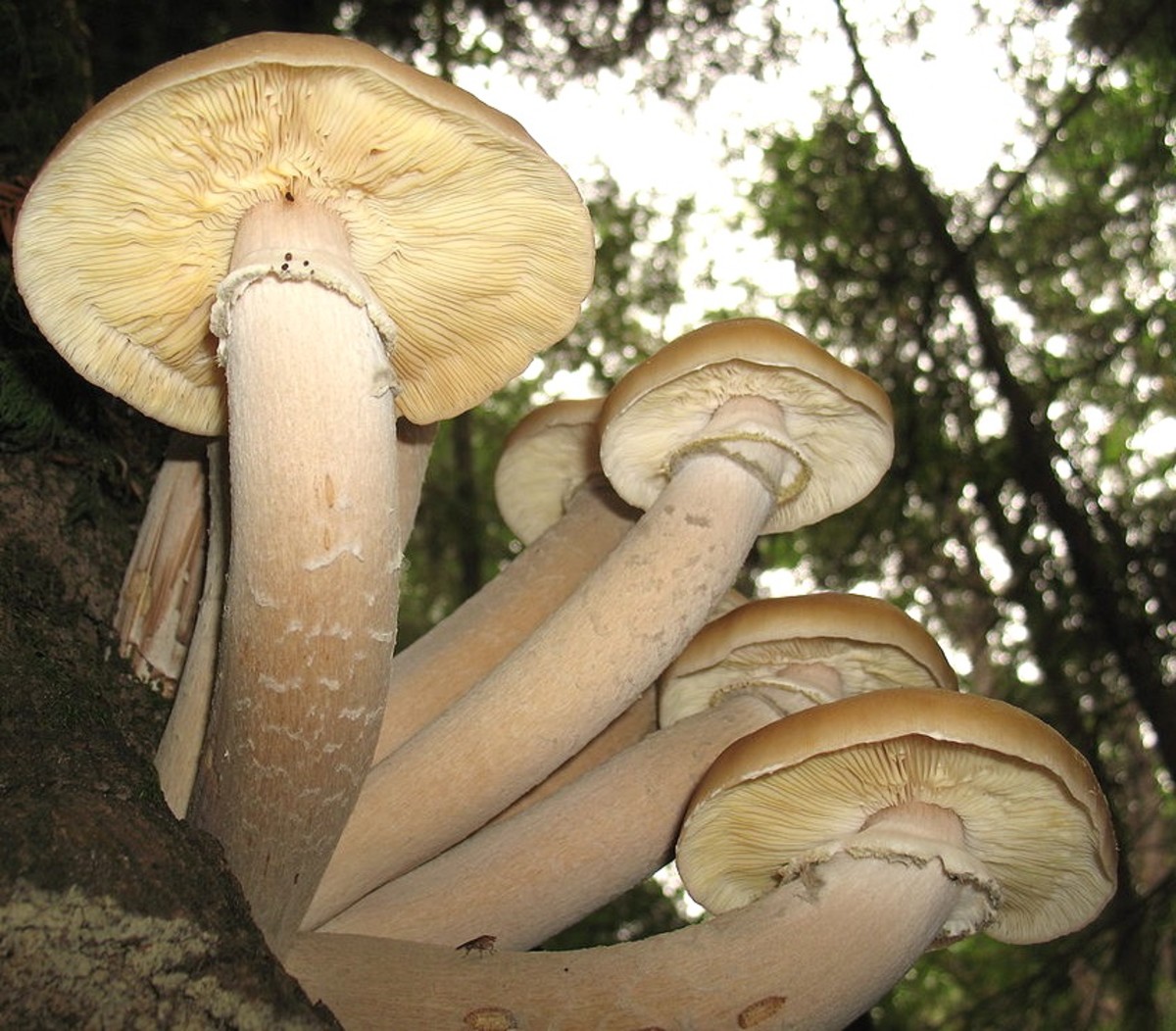
But whilst these look small, the underground network of super thin hyphae (kind of analogous to roots but for fungi) covers a vast area of over 10km. It also weighs 20,000kg.
It also might take the bacon for oldest organism in the world, at an estimated 8,500 years old !!
Hope you enjoyed a tiny little look into the fungal world.
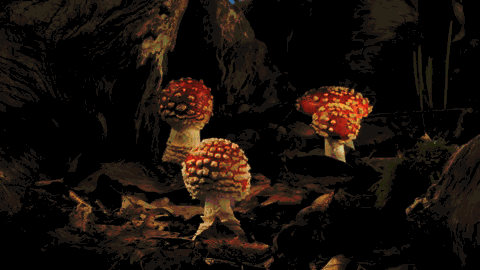
Lots of love,
Flora xx
